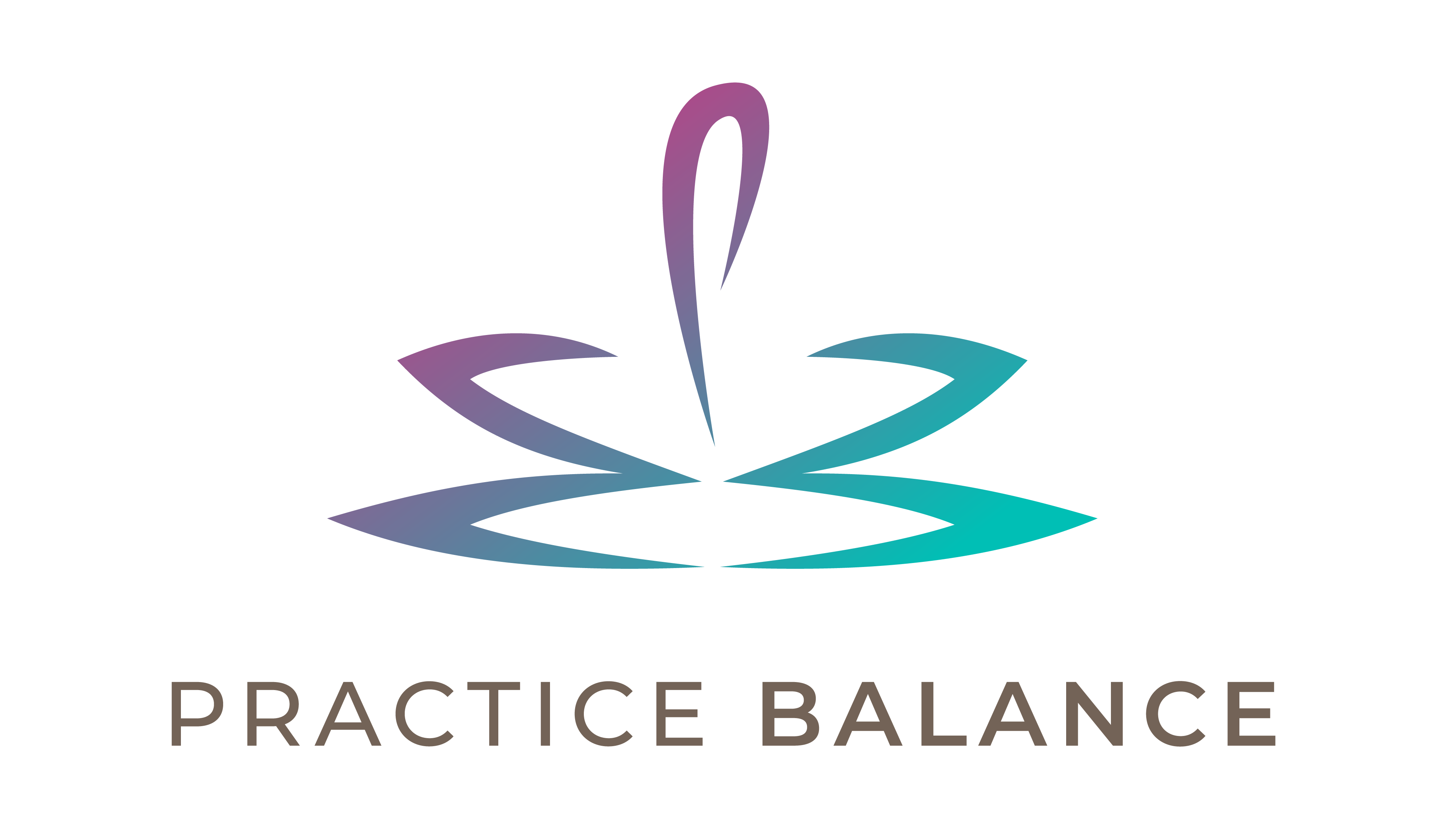
I opened my obligatory late-afternoon email to find my work schedule for the next morning: three general anesthetics for MRIs. My heart sank. A week before, I had been assigned to the new neuro MRI suite for a 6-hour interventional radiology procedure, followed by another intervention in the CT scanner. My first thought: who is trying to punish me?
It’s well-known in the anesthesia field that these types of cases can be challenging for a variety of reasons. They are lumped into a category of cases that we often refer to as “out-of-OR” of “non-OR” cases. An acronym NORA, standing for Non-Operating Room Anesthesia, has even been coined. These cases usually involve general anesthesia or deep sedation for imaging, cardioversion, other interventions such as ablations, GI procedures, radiation treatments, etc. As opposed to administering our well-established, standard anesthetic in the controlled environment of the OR… with other providers around in adjacent rooms and ancillary staff who know how to help if needed; with all of the important but luckily not-often-used difficult airway equipment at our disposal down the hall; with surgeons around, (usually) patiently waiting for you to perform your part of the case… we are instead sent on safari.
I don’t know that I can adequately describe what we anesthesiologists are faced with here: imagine trying to carry out your job – which inherently involves the delicate and potentially dangerous task of inducing general anesthesia and establishing an airway – on a sick, or young and vulnerable, or perhaps developmentally delayed patient. This is the typical patient population that might need an out-of-OR procedure or a general anesthetic for an MRI because they are not able to sit still for the scan. Only now you are doing it in the hallway of an MRI scanner with people you don’t know, who don’t regularly see what you do and thus don’t know how to help you if you need them to. They may be breathing down your neck and in your face wishing you were done already, or on the flipside they may be despondent and ignoring you, drinking their coffee in the corner all the while completely oblivious to what you know as a potential life and death situation. The ventilator equipment is different and usually cumbersome, sitting on the “wrong side” of the room, with lots of extension tubing tangled about so as to eventually reach far into the black hole of the scanner. The monitors are strange and often not easily readable. Oh, and on top of all that, you aren’t allowed to have a phone or even a pen (no metal is allowed near the MRI magnet). Once you get the airway established and the anesthetic underway, you place the asleep patient carefully in the scanner and have to… *gulp*… leave the room! (Our normal practice is to be right next to the patient at all times.)
Every time I’m assigned to an out-of-OR day, I feel an initial twinge of dread. But once it gets going and the painful unfamiliarity of the environment fades, a wash of confidence comes over me. I was trained to improvise and adapt to difficult situations, all while providing a safe and effective anesthetic… These skills are being tested, and I’m actually doing it! Things almost always work out fine, even if you yourself have to sweat a little more and people aren’t handing you the things you need or following your commands at will. The staff sometimes surprise you with their willingness to help. They might even offer you some homemade treats brought in specifically for their group. The patients, who often have interesting stories, have something to teach you as well. And you go home feeling a sense of accomplishment and gratitude!
The longer I work in this field, the more I try to view these cases as positive challenges and potential opportunities for growth. Experiences that require you to calmly and safely navigate territory in which you are uncomfortable (and do so with style and grace) apply to so many areas of our lives.
The next day at work, I joked with the scheduler, “You must have had it out for me the other day, sending me to do MRIs twice in one week!” “Ahhh…”, he chuckled. “I figured you would totally be on top of it. There are some people that I send down there, and they throw their hands up and say, ‘I cannot deal with this!'” I took that as a huge compliment!




I think long bronchoscopies with multiple biopsies and fine needle aspirations should be done with LMA. Seems like torture to me – water boarding. I saw one guy yank his tune out and tell the pulmonology team no more. I see anesthesia in radiology suite for tumor radio ablation I'll smile bigger next time knowing their perspective thanks!
Tube I mean phone commenting hard:)
Hi Gizabeth! Sometimes we do GA for bronchoscopies at my institution. Those are particularly scary for us since many times there is some sort of bad lung pathology. But as I talked about above, they usually go ok too 🙂
"Compliment", not "complement", in your last sentence.
I actually caught that right after it went out, but the email digests don't reflect the change!